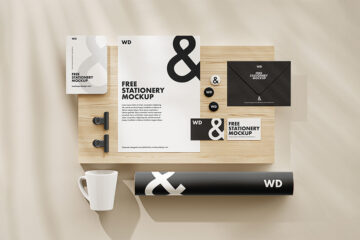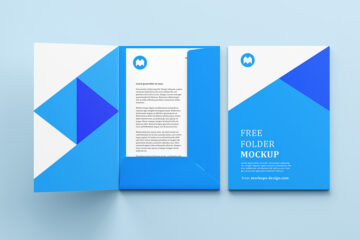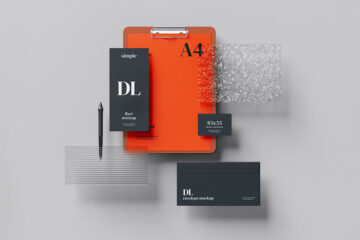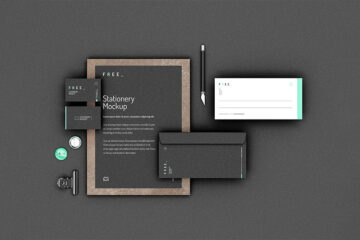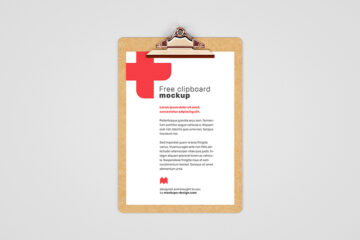In the realm of graphic design, the ability to experiment with different styles is a hallmark of creativity. Stationery mockups emerge as versatile canvases for graphic designers, providing a platform to test and refine various design styles. In this blog post, we delve into the pivotal role that Stationery Mockups play in allowing designers to conduct thorough tests of diverse design styles.
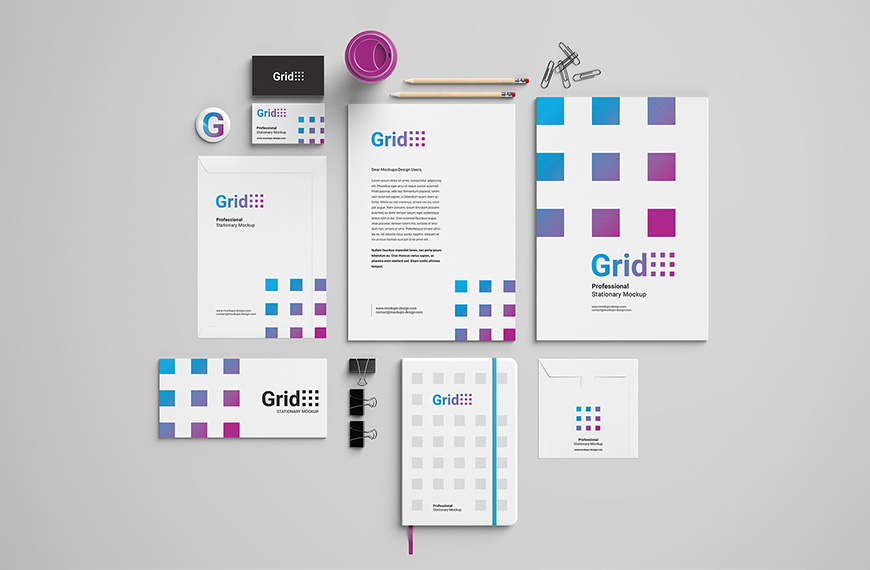
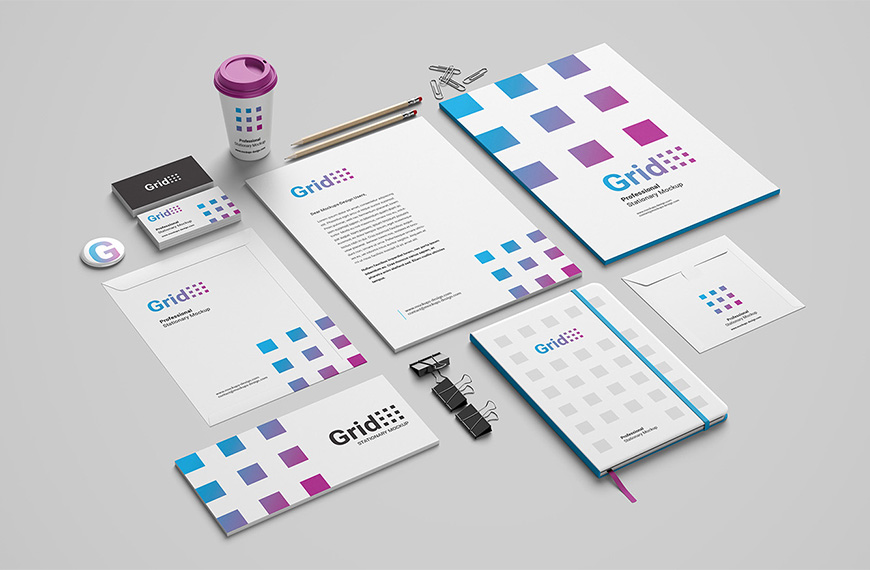
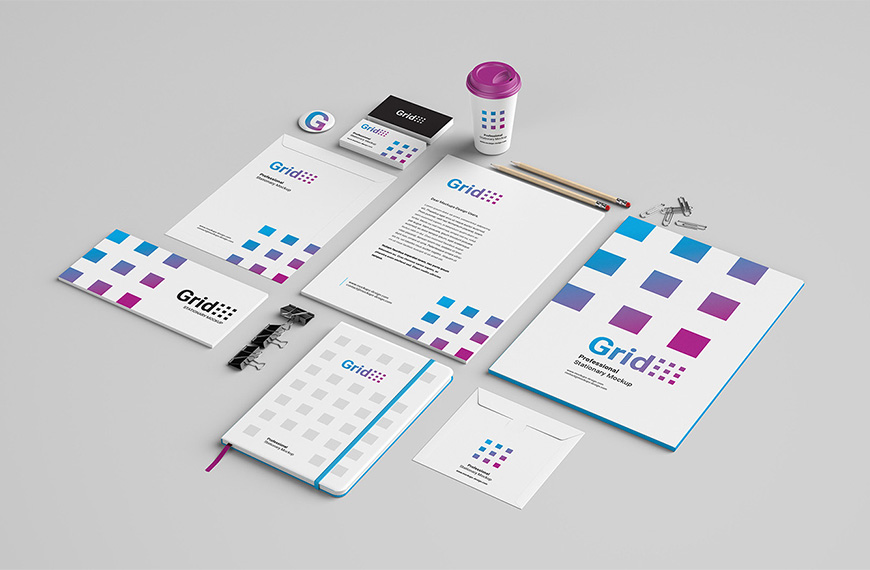
The Significance of Design Exploration in Graphic Design
Graphic designers are artists and innovators at heart, constantly seeking new ways to express ideas visually. The exploration of diverse design styles is essential for pushing creative boundaries, discovering unique approaches, and staying relevant in a dynamic design landscape. Stationery mockups facilitate this exploration by offering a practical space to test and visualize various stylistic choices.
Unleashing Creative Potential: Designers often have a spectrum of ideas and styles to choose from when conceptualizing a project. Stationery mockups act as a canvas for designers to unleash their creative potential, allowing them to test and visualize different stylistic elements, from color schemes to typography and layout.
Client Tailoring: Each client has a unique identity and vision. Stationery mockups enable designers to test various design styles to tailor their creations to fit the specific preferences and requirements of each client. This adaptability ensures that designs align seamlessly with the client’s brand and messaging.
How Stationery Mockups Facilitate Style Testing
Quick Iterations: The iterative nature of design is expedited through stationery mockups. Designers can quickly iterate through various styles, adjusting elements such as colors, fonts, and visual elements to assess their visual impact in real-world contexts.
Realistic Visualization: Stationery mockups provide realistic visualizations of designs, offering a tangible preview of how different styles will appear in print or in physical form. This realistic representation is crucial for designers to make informed decisions about the efficacy of specific design choices.
Advantages of Style Testing with Stationery Mockups
Enhanced Decision-Making: Stationery mockups empower designers to make informed decisions about design styles. By visualizing how styles translate into tangible products, designers can assess their effectiveness and choose the most impactful direction for a project.
Client Collaboration: Testing various design styles within stationery mockups facilitates client collaboration. Clients can actively participate in the decision-making process, providing feedback based on tangible visualizations rather than abstract concepts.
Strategic Tips for Style Testing with Stationery Mockups
Utilize Multiple Templates: Stationery mockups often come with a variety of templates. Designers can leverage these templates to test styles across different stationery items, ensuring consistency and coherence in design choices.
Consider Brand Guidelines: When testing various styles, designers should consider existing brand guidelines. Ensuring alignment with established brand elements maintains brand consistency while allowing for creative exploration.
Conclusion
Stationery Mockups serve as invaluable tools for graphic designers seeking to explore and test various design styles. By providing a practical canvas for experimentation, realistic visualizations, and efficient iterations, these mockups empower designers to push creative boundaries, make informed decisions, and deliver designs that resonate with both clients and audiences. As the design landscape continues to evolve, the integration of Stationery Mockups becomes not only a convenience but an essential component of the design exploration process.
| Author | Mockups Design |
| File Type | .psd |
| Layered | Yes |
| Smart-Object | Yes |
| License | Commercial Use |


